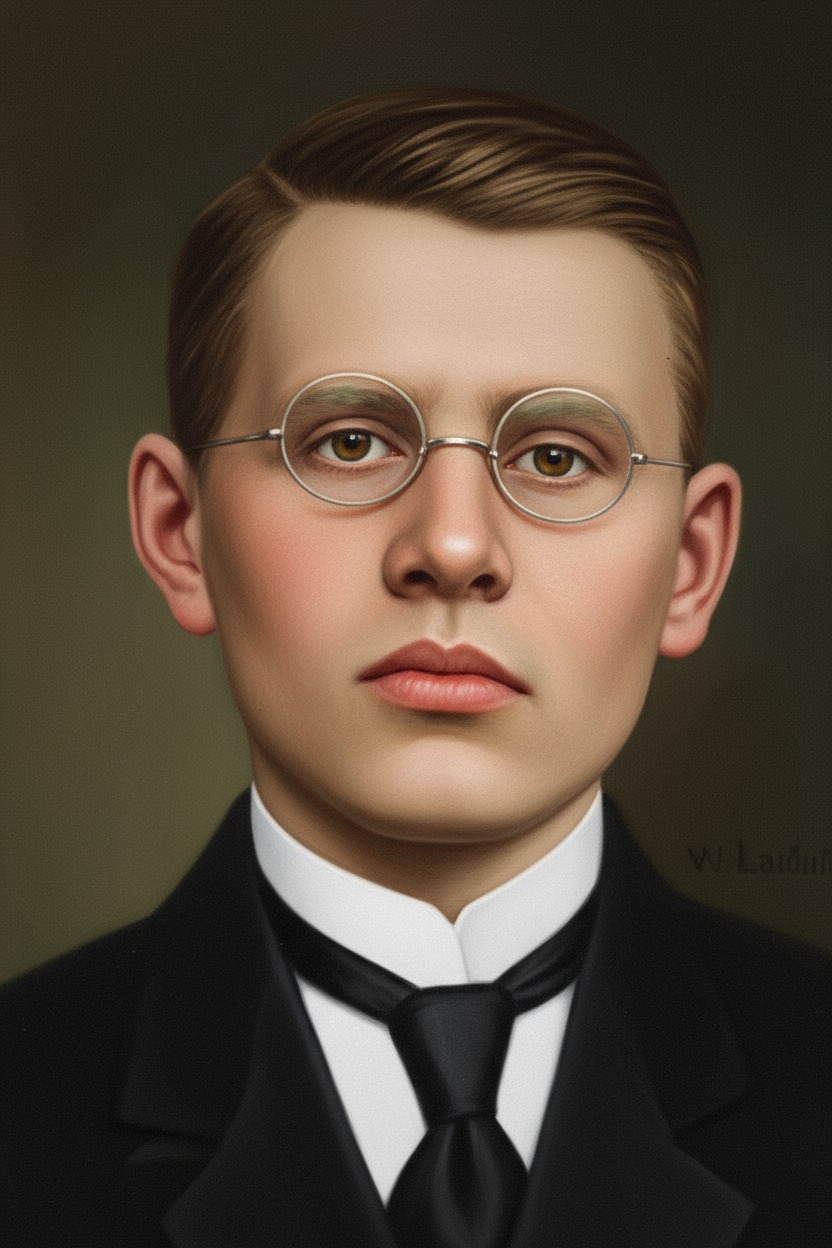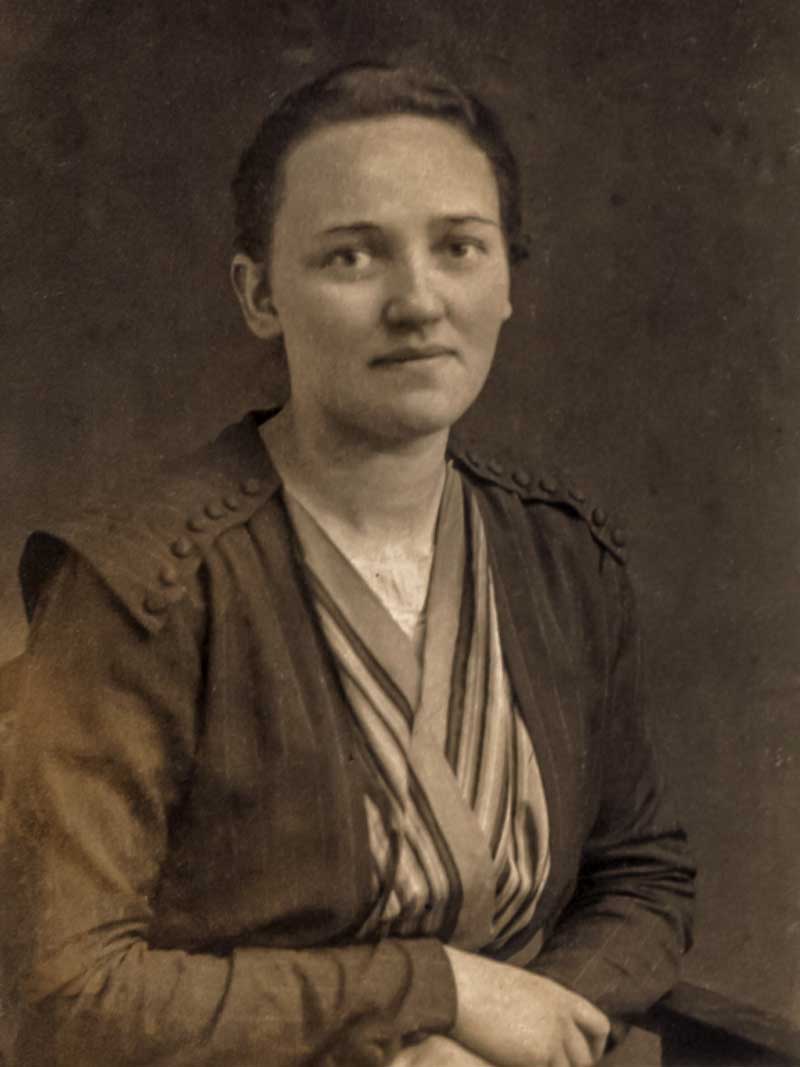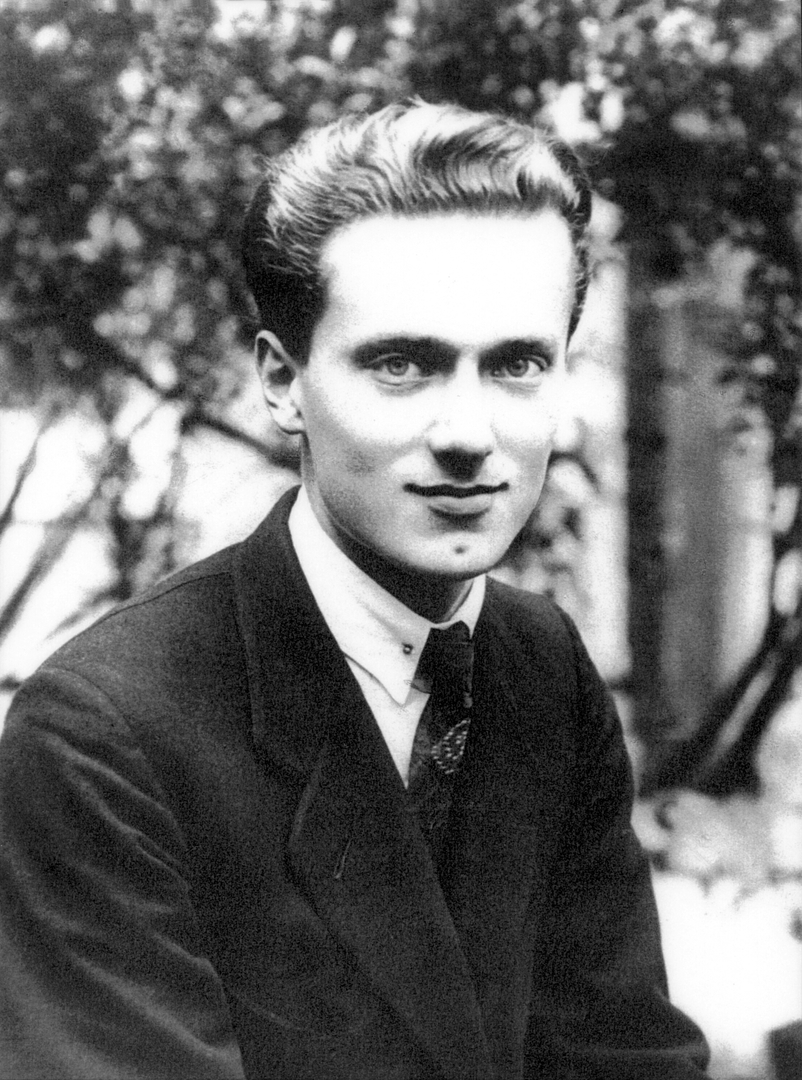“Be yourself!” – this appeal shapes the culture of our present time. Young people, in particular, long to find their own voice, to be allowed to act authentically, and to become visible as distinctive personalities. Authenticity has become a guiding value: courageously living one’s own life instead of merely playing roles.
Father Joseph Kentenich, founder of the Schoenstatt Movement, also attached great importance to this value. He himself lived in a highly authentic way and encouraged others to be genuine in all areas of life: before themselves, before their fellow human beings, and above all before God. An often-quoted image of him is: “We should speak to the good Lord as we see fit.” From this original authenticity in prayer, every other form of authenticity grows: in action, in encounters with people, and in fundamental life decisions.
The Schoenstatt concept of the “personal ideal” can also be understood in this context. For Kentenich, holiness never means molding or standardizing, but rather the development of one’s own personality. Grace builds on nature – the unique originality of the human person is not erased, but deepened and elevated.
Authenticity in the history of Schoenstatt
The biographies of those personalities who are referred to as “Schoenstatt heroes” show how fundamental authenticity was to the emergence and development of the movement:
Joseph Engling – The cornerstone through the breadth of his heart
In the early days of Schoenstatt, it was Joseph Engling who, with the extraordinary breadth and receptivity of his heart, was able to take up the spark that arose from Father Kentenich’s inspiration. His diaries, filled with self-reflection and spiritual struggle, reveal how the ideal of Schoenstatt takes shape in a soul. With all his ups and downs, his struggles against laziness, and his growing love for the Blessed Mother, he became a living witness to the fact that holiness is deeply authentic and genuine to life. His struggle not to devote so much time to card games also makes him authentic – he was a good player who enjoyed being invited to play. Nevertheless, in view of the “whole new game” – namely, Schoenstatt – he tried to give up card games as much as possible. Despite experiencing relapses, he remained committed to the path of spiritual growth.
One of the four resolutions he formulated independently during his private retreat in 1915 reads: “Dear God, let me rather die than offend you even by a venial sin.” Today, the height of the ideal he set for himself at that time may seem surprising. Nevertheless, this request reflected the deep longing of his heart, which determined his work and actions.

Gertraud von Bullion – pioneer of female leadership

Gertraud von Bullion brought a new dimension to the movement: she opened Schoenstatt to women. With courage and spiritual clarity, she inquired whether women, like men, should be permitted to form a community of leadership and responsibility within the covenant. Despite initial resistance – it was said that women could weaken the movement or even cause its demise – she herself lived the required holiness and apostolic responsibility at a high level. In doing so, she became a pioneer of female leadership in Schoenstatt long before this term was taken for granted in the Church or society.
She developed a feminine spirituality that used original vocabulary and language. Among other things, the word “attention” played an important role:
“Wherever we look, everything is grace, and every day, even every hour, there are often the most touching attentions! It warms us when we are cold, when we pay attention to these “attentions” with a newly sharpened gaze, then love must grow in our hearts; it cannot be otherwise.”
Franz Reinisch – Fearless to the point of martyrdom
Franz Reinisch was a man of clear words and uncompromising consistency. He combined his love for Schoenstatt with a passionate commitment to truth and conscience. He was the only Catholic priest to refuse to swear allegiance to Hitler. He said, “There must be people who protest against the abuse of authority, and I feel called to this protest.” Despite all attempts to persuade him, he remained steadfast – knowing that he was risking his life. When it actually came to putting his life on the line, he followed his conscience and sold his life as dearly as possible. He sacrificed it in the conviction that his blood could contribute to a renewal of faith in Germany and Europe. Thus, in the place of darkness, Berlin, he kindled the flame of a love that still shines today.

Conclusion – Authenticity as the path to holiness
What connects these three figures? They all responded with their lives to Kentenich’s invitation to “give saints to the world.” Their personalities were by no means smooth or conformist; some aspects of them seemed edgy, unusual, or provocative. But it was precisely through this authenticity, purified and elevated by grace, that they became unmistakable figures of holiness.
Their testimony shows that authenticity is more than a modern buzzword. It is a spiritual path. Those who dare to place themselves in God’s hands, with all their idiosyncrasies, discover not only a personal originality within themselves but also become a building block for the renewal of the Church and society.
Featured photo: Guilherme Brum / PMSM
Translation: Sr. M. Lourdes Macías



